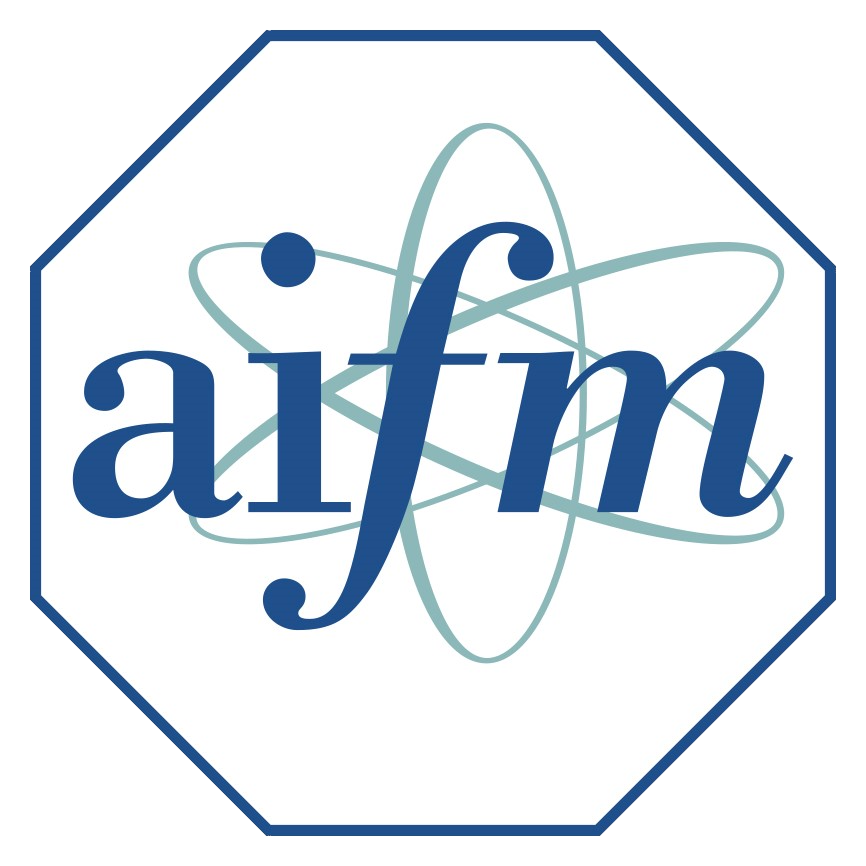Higher School of Physics in Medicine “P.Caldirola”
Direttore: Annalisa Trianni
The Higher School of Physics in Medicine (SSFM) was born in the 90s on the initiative of the Italian Association of Physicists who dealt with biomedical applications (AIFB – Italian Association of Biomedical Physics) and has had as headquarters, since that date, the Alessandro Volta Scientific Culture Center of Como – Villa Olmo. The School was directed from the beginning of its activity until 1999 by Prof. Leopoldo Conte, from 2000 to 2009 by Dr. Alberto Torresin, from 2010 to March 2016 by Dr. Michele Stasi from 2016 to June 2021 by Dr. Carlo Cavedon .
The objectives of the SSFM are specified in the art. 20 of the Statute of the Italian Association of Medical and Sanitary Physics (AIFM): “The Association activates a School of Physics in Medicine, where courses and seminars are held to discuss scientific problems and update Members on topics of scientific and professional interest… . The Board of Directors appoints the Scientific Director of the School who is a member and acts as Coordinator of the Scientific Committee of the School, the Scientific Committee of the Association”. In this context, the SSFM has assumed the role of training engine of the Italian Association of Medical and Health Physics.
The training offer includes different types of courses. The foundation of the training is constituted by the residential courses which are organized in various locations in the Italian territory, in order to try to reach all the members geographically. The residential courses represent an important moment of training, but also and above all offer an opportunity for meeting and discussion between physicists who work in very different realities, as well as with other professional figures. In fact, although aimed mainly at medical physicists, many courses are open to other professionals who face problems and have common interests (radiologists, nuclear doctors, radiotherapists, engineers, industry personnel). In this perspective, therefore, collaboration with other scientific societies is essential, such as, first and foremost, the Italian Society of Medical and Interventional Radiology (SIRM), the Italian Association of Oncological Radiotherapy and Clinical Oncology (AIRO) and the Italian Association of Nuclear Medicine and Molecular Imaging (AIMN). In recent years, face-to-face training has been integrated with “distance” training, both synchronous (webinar) and asynchronous (FAD) and with blended proposals, which provide that theoretical part is mainly carried out remotely, to leave room for practical exercises in the event in presence. This modality has made it possible to make training available to an ever-increasing number of professionals since it manages to integrate both with the various work requirements and to overcome the logistical difficulties due to the vast distribution of health physics structures throughout the territory. Through all these tools, the school aims to train its members in an increasingly broad, specialized and punctual way.
The majority of the course proposals arise from the analysis of the answers to the questionnaire on training needs, which each member is asked to fill out every year, but also from indications from individual members or groups of members. The training plan also includes periodic courses, which provide members with permanent training on certain topics, such as Safety in Magnetic Resonance and Laser equipment and Radiaton Protection in hospitals. The topics addressed range in all areas of Physics in Medicine: from Radiotherapy, Nuclear Medicine, Radiodiagnostics. The contents of the courses are both the classic ones of Protection, Safety and Quality for ionizing and non-ionized radiations, and the new frontiers with which Medical Physics is confronting itself. In fact, SSFM wants to have a vision projected towards the future, also going to identify new sectors, in which the medical physicist can find a space of competence and profession, providing in-depth, punctual and current specific training. Hence the need to also deal with other professional figures, such as data scientists, computer scientists, biologists, to name a few and to look beyond the borders of the national reality.
Annalisa Trianni

